Vatican City, an independent city-state in Rome, is the heart of the Roman Catholic Church and home to the Pope. Despite its tiny size, it is brimming with history, art, and architectural beauty that draws millions of visitors from around the globe every year. From the awe-inspiring grandeur of St. Peter’s Basilica to the artistic masterpieces housed within the Vatican Museums, this city is a treasure trove of sights.
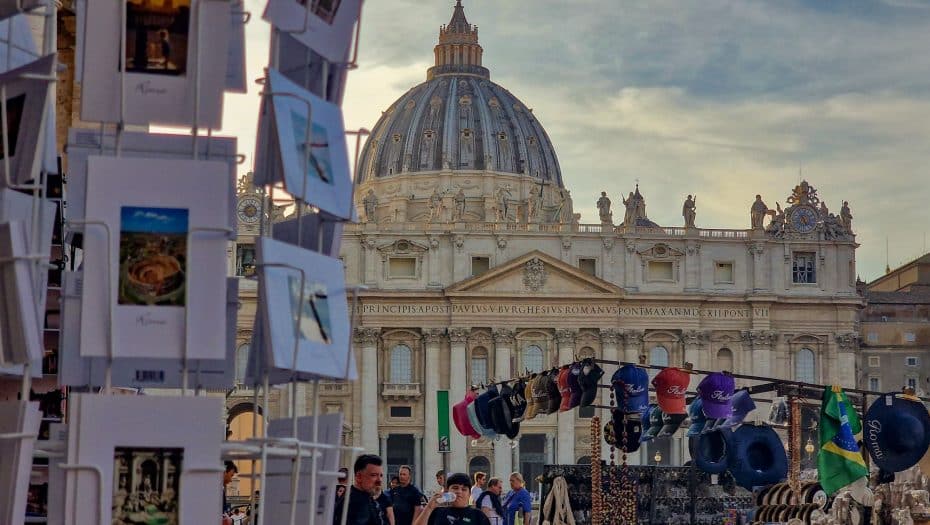
In this blog post, we’ll guide you through the top must-see sights in Vatican City that should be on every traveler’s bucket list when visiting Rome.
St. Peter’s Square
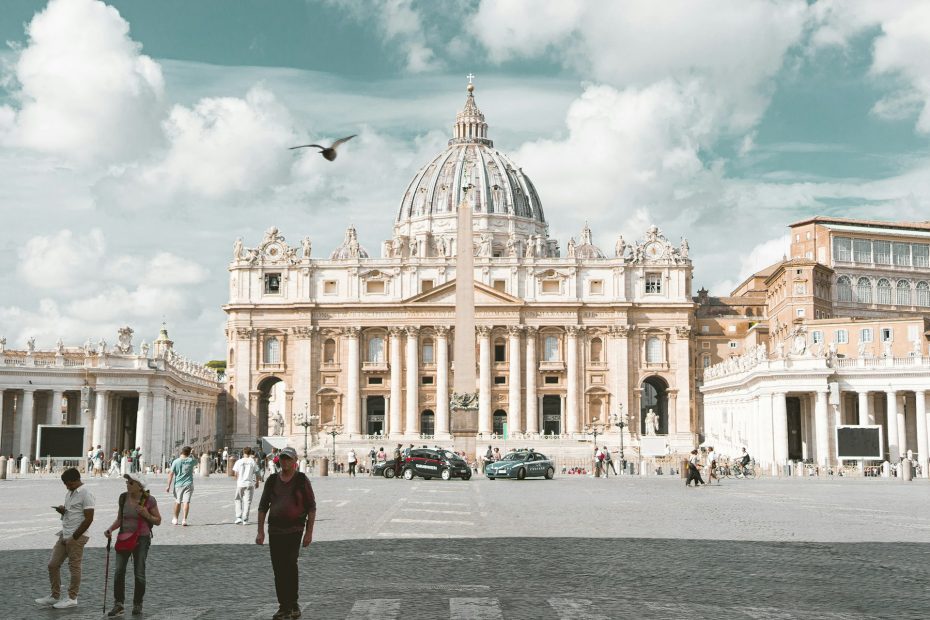
St. Peter’s Square is of immense importance as it is the grand entrance to St. Peter’s Basilica, the heart of Vatican City. This iconic square often serves as the first encounter with the Vatican. Its open space is both overwhelming and welcoming, showcasing the grandeur of Vatican City’s spiritual significance. It is a place for large gatherings, including Papal audiences and significant Catholic ceremonies.
Designed by Gian Lorenzo Bernini and constructed between 1656 and 1667, St. Peter’s Square boasts an impressive elliptical design framed by massive colonnades of 284 Doric columns arranged in four rows. The central obelisk, erected in 1586, acts as a focal point surrounded by two fountains designed by Carlo Maderno and Bernini himself. The square’s expansive layout ensures that it retains a sense of order and space even when crowded, making it functional for ceremonies and everyday visits.
Getting to St. Peter’s Square is easy via the Ottaviano-San Pietro metro station, just a short walk away through charming Roman streets. Arrive early in the morning to avoid large crowds and hot midday temperatures, especially during summer months. For photography enthusiasts, evening visits offer stunning light conditions against the backdrop of the basilica. Remember to dress modestly; respectful attire is required to enter the religious sites on the square.
Vatican Museums
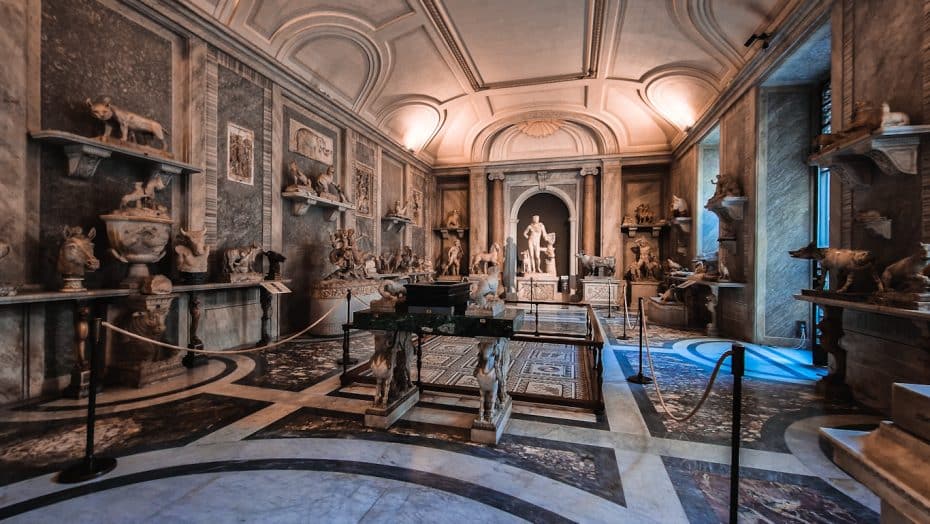
The Vatican Museums are a must-see for anyone visiting the Vatican. They house one of the most impressive art collections in the world, with pieces spanning from ancient Egypt to the modern era. Pope Julius II established the museums in the early 16th century, and they have grown over the centuries to include over 54 galleries. The significance of these museums extends beyond their vast collection—they provide a deep dive into centuries of art and history.
Among the most notable works are Michelangelo’s Sistine Chapel ceiling, Raphael’s “The School of Athens,” and the intricate Gallery of Maps. Each room tells a different part of history, showcasing masterpieces from artists such as Caravaggio, Leonardo da Vinci, and Vincent van Gogh. The Vatican Museums also serve a functional role, preserving these invaluable pieces and making them accessible for academic study.
To make the most of your visit, allocate at least half a day. Arrive early to avoid long lines, and consider taking a guided tour for more context on the artworks. The museums are easily reachable from central Rome via bus or metro—just get off at the Ottaviano-San Pietro station. Keep in mind that photography is restricted in certain areas like the Sistine Chapel, and appropriate attire is required to enter.
Sistine Chapel
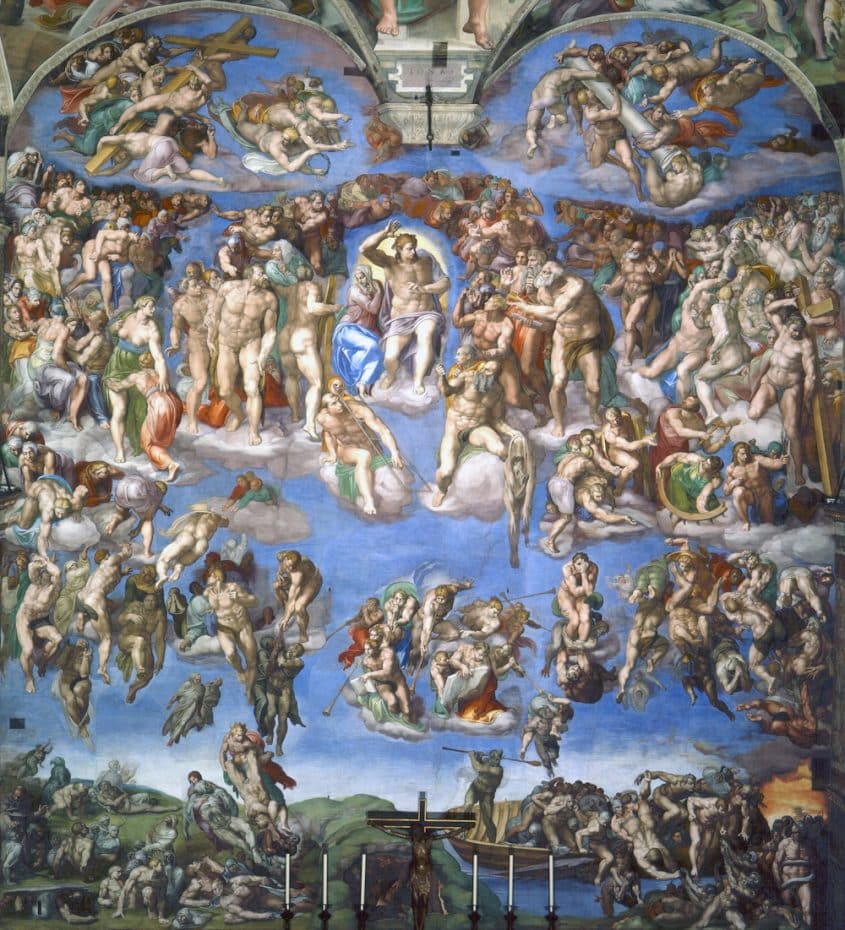
The Sistine Chapel is famous for its incredible ceiling, which Michelangelo painted. This masterpiece includes the iconic scene of the Creation of Adam. The chapel also houses works by other renowned Renaissance artists, such as Botticelli and Perugino. Originally built in the late 15th century, it serves as the private chapel for the Pope and a venue for significant ceremonies, like the Papal conclave, where a new pope is elected.
Arrive early to avoid crowds, particularly during peak tourist seasons. Photography inside is not allowed, so be prepared to soak in the art with your own eyes. It is often recommended to book tickets in advance online to save time. Consider using a guided tour to gain deeper insights into its history and artworks. Remember to dress modestly as it’s an active place of worship; shoulders and knees should be covered.
Raphael Rooms
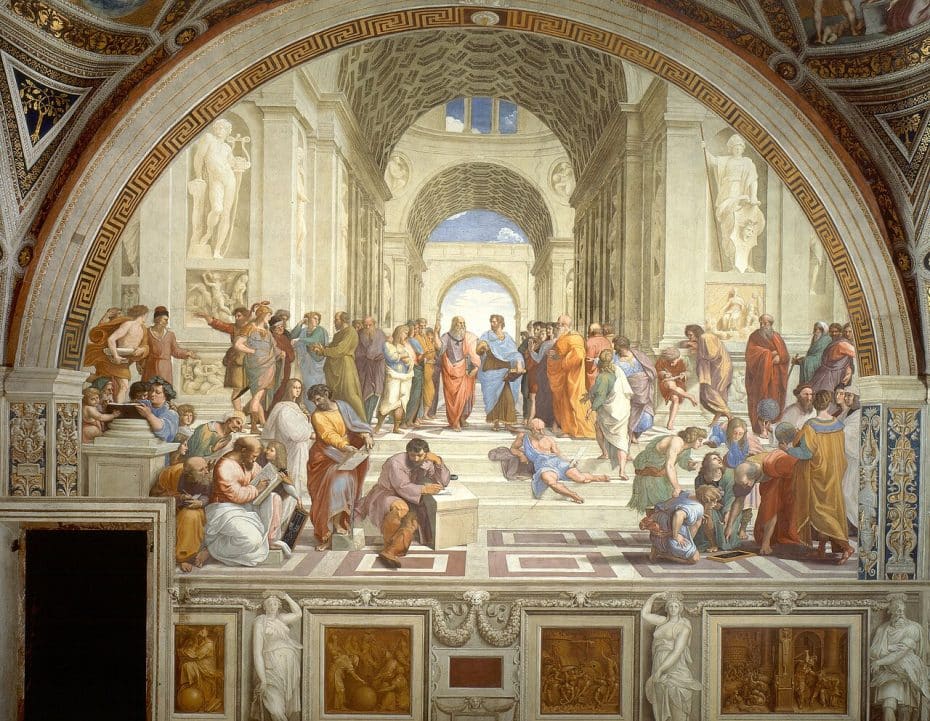
The Raphael Rooms, a series of four rooms located in the Vatican Museums, are famous for their stunning frescoes painted by Raphael and his workshop. These rooms once served as the private apartments of Pope Julius II and are a highlight for art lovers visiting the Vatican. The intricate details and vivid colors used in the frescoes showcase Raphael’s mastery and have been well-preserved over the centuries.
One of the most renowned frescoes is “The School of Athens” in the Stanza della Segnatura. This masterpiece depicts various classical philosophers, including Plato and Aristotle, engaged in discussion, reflecting Renaissance ideals of knowledge and inquiry. Don’t miss the chance to admire “The Fire in the Borgo” in the Stanza dell’Incendio di Borgo, which illustrates a miraculous event during Pope Leo IV’s reign. The dynamic composition and expressive figures make this artwork particularly memorable.
St. Peter’s Basilica
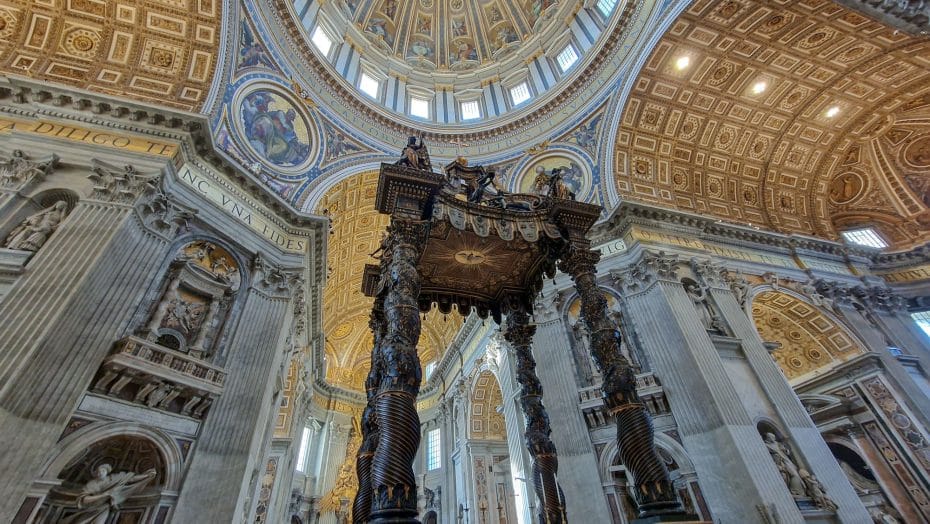
St. Peter’s Basilica is an architectural masterpiece known for its breathtaking interior and monumental dome. The basilica was designed by several renowned architects, including Michelangelo, who worked on the iconic dome. As you step inside, you are greeted by immense marble statues, mosaics, and ornate frescoes. The ceilings soar high above, creating an atmosphere of grandeur and awe.
One of the most striking features inside St. Peter’s Basilica is the Baldachin, a large Baroque canopy over the papal altar. This masterpiece, created by Bernini, is made from bronze taken from the Pantheon and stands nearly 30 meters tall. Visitors often marvel at its intricate details and sheer scale. Beneath the Baldachin lies St. Peter’s traditional burial site.
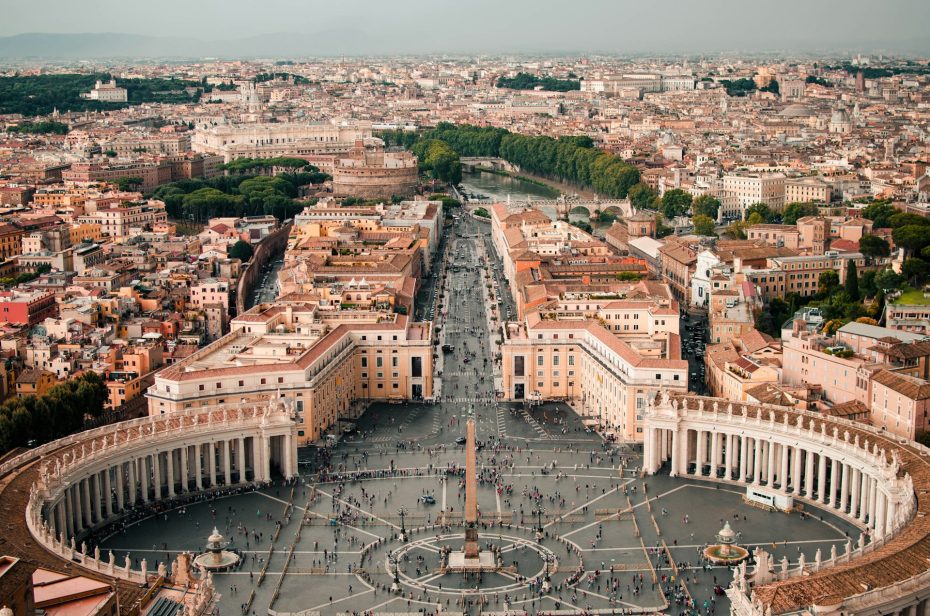
Don’t miss climbing to the top of St. Peter’s Dome for an incredible panoramic view of Vatican City and Rome. The climb involves a narrow, winding staircase but is well worth the effort. Once at the top, you can see stunning vistas stretching across the Tiber River and beyond. Be sure to go early or late in the afternoon to avoid the crowds and enjoy a more serene experience atop this magnificent architectural feat.
Vatican Gardens
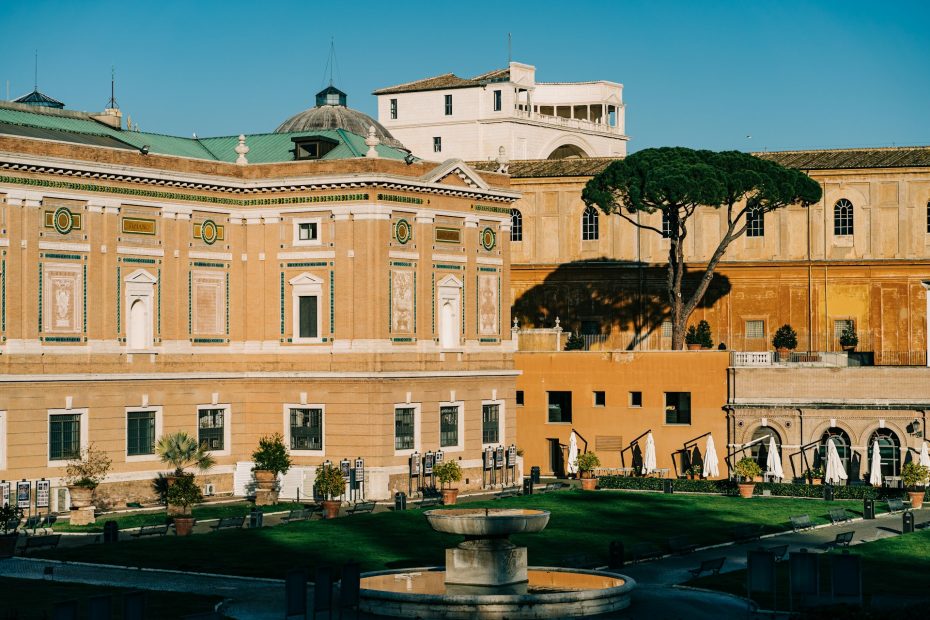
The Vatican Gardens offer a peaceful escape from the bustling city. Spread over 57 acres, these gardens are a mix of Renaissance and Baroque designs. They include sculptures, fountains, and meticulously manicured lawns. The quiet pathways take you through groves of trees, colorful flower beds, and ancient architecture.
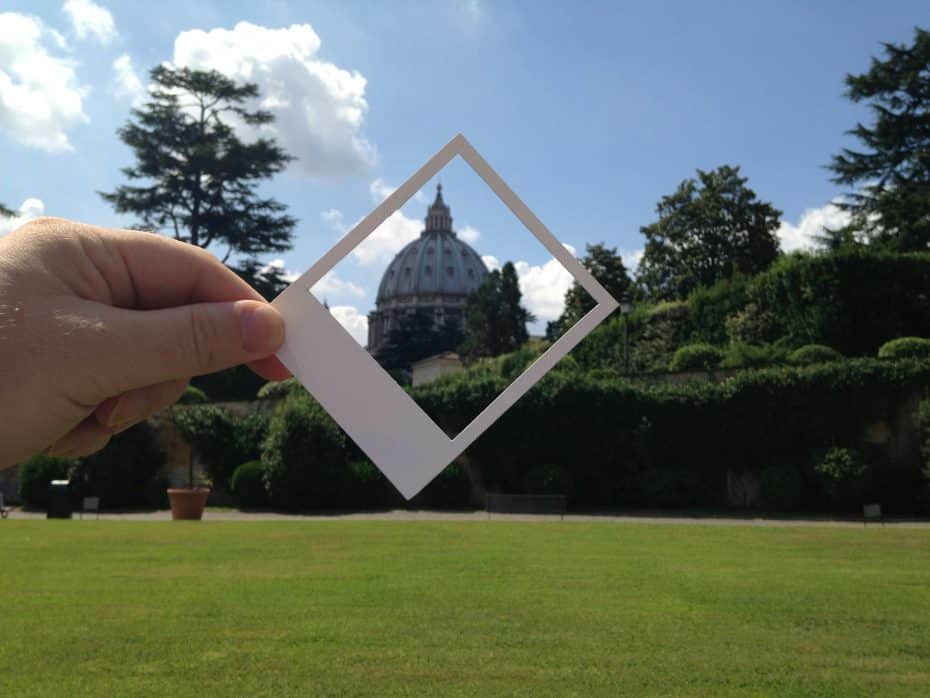
A must-see is the intricate hedge maze and the elegant courtyard. Make sure to bring a camera for the stunning views of St. Peter’s Basilica peeking through the foliage. If you’re lucky, you might spot some rare plants not found anywhere else in Rome.
Necropolis of the Via Triumphalis
The Necropolis of the Via Triumphalis, located underneath Vatican City, offers an extraordinary glimpse into ancient burial practices. The site was discovered during construction work and has since been carefully excavated to reveal a colorful history that dates back to Roman times. Walking through the pathways, you can observe intricately decorated tombs and mausoleums.
Castel Sant’Angelo
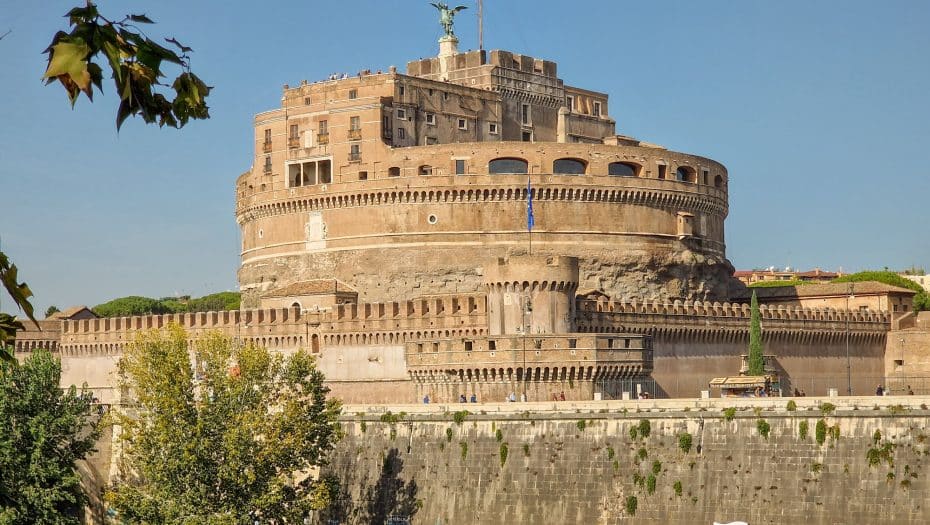
Located on the border between Rome and the Vatican, Castel Sant’Angelo was originally built as a mausoleum for Emperor Hadrian and later transformed through the centuries into a fortress and a papal residence. Its cylindrical structure is a striking contrast against the skyline, offering glimpses into Rome’s layered past. The castle’s robust architecture served as a military stronghold and refuge for popes, providing an intriguing backdrop to its storied history.
Inside, visitors can explore various rooms and halls adorned with Renaissance frescoes and lavish decorations. The Papal Apartments, in particular, showcase intricate artwork and luxurious furnishings. Walking through these spaces offers insight into the lives of the powerful figures who found refuge here during tumultuous times.
The terrace at the top provides panoramic views of Rome, making it an ideal spot to visit in the Italian capital.



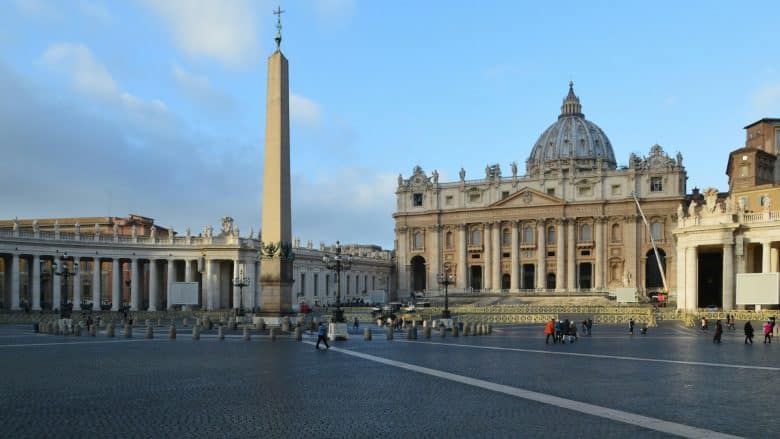
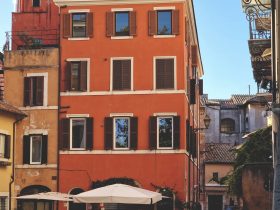
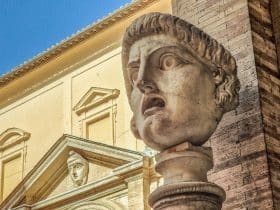
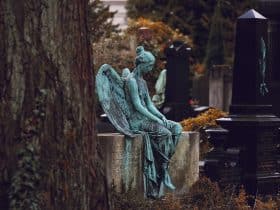
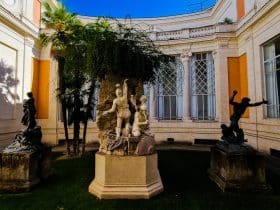
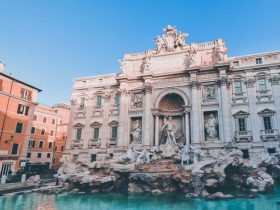

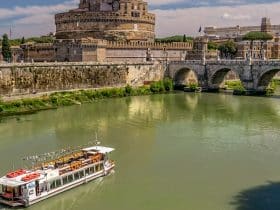
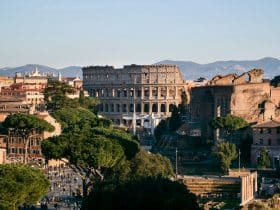














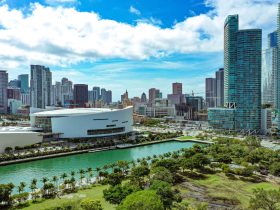





Leave a Reply
View Comments